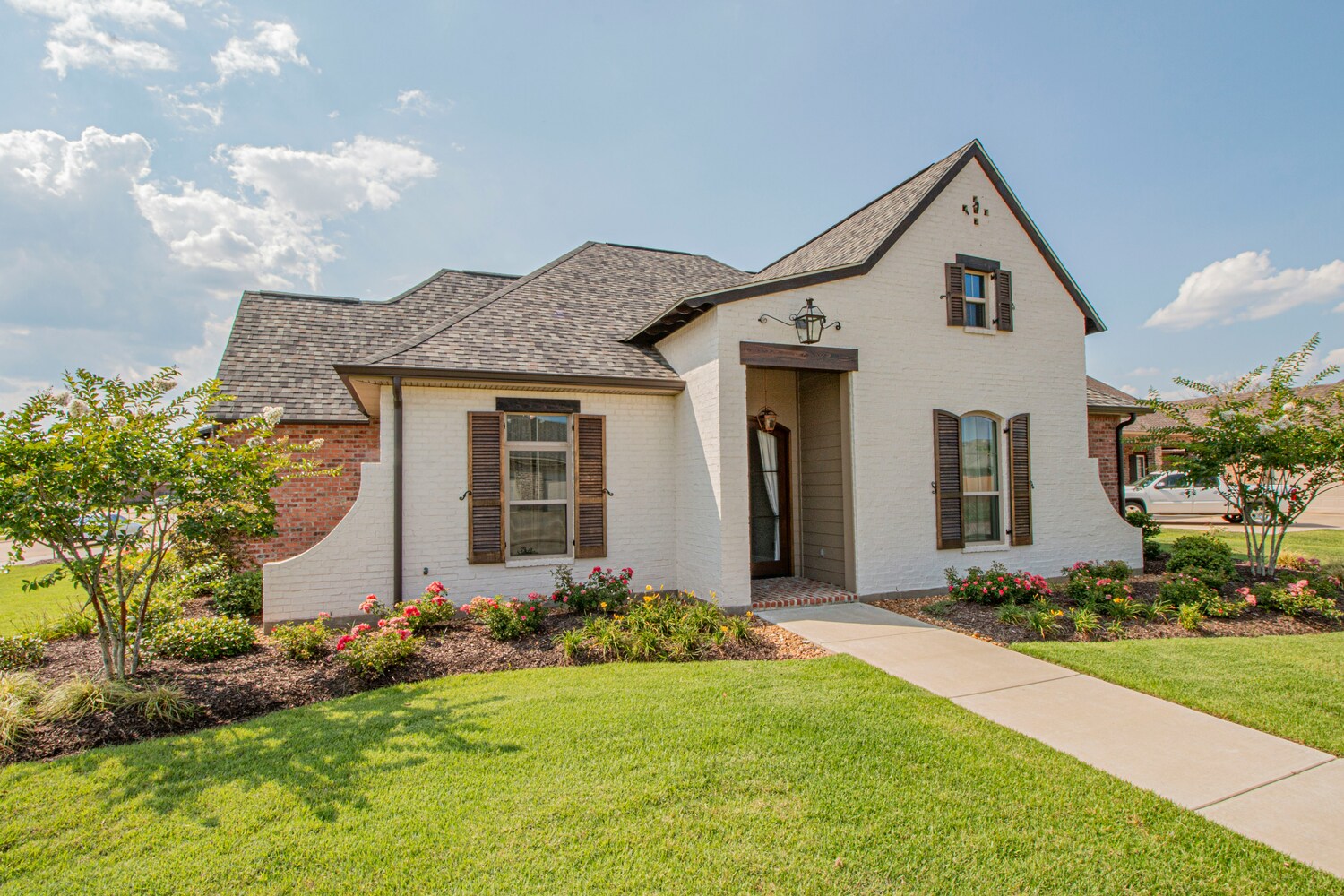Buying a home is a major milestone, often seen as a smart investment and a sign of financial stability. But many homeowners quickly learn that the real cost of owning a home goes far beyond the down payment and monthly mortgage.
Hidden beneath your roof, behind your walls, and under your floors are potential disasters just waiting to emerge. And when they do, they don’t come cheap.
These aren’t the small repairs you expect, like a leaky faucet or a broken tile. These are the catastrophic, wallet-draining surprises that strike without warning and leave homeowners scrambling for solutions and often, a line of credit. Let’s dive into the most expensive home repairs that blindside even the most prepared homeowners.
Foundation Failures
Few words strike more fear in a homeowner than “foundation problem.” Whether it’s cracks in the walls, uneven flooring, or doors that won’t close properly, these signs can point to serious structural issues beneath your home.
Foundation repairs can cost anywhere from $5,000 to over $30,000, depending on severity. If left untreated, the damage can compromise the integrity of your house. And the worst part? Many homeowners don’t recognize the signs until they’re too far gone.
This type of repair is especially common in areas with unstable soil, heavy rainfall, or drought cycles. Home inspectors might miss the early signs, and by the time you notice the floor sloping or walls separating, it’s already an expensive fix.
Roof Replacements and Hidden Leaks
Roofs are your home’s first line of defense, but they’re often neglected until something goes visibly wrong. Most shingles last 15–30 years, but extreme weather, poor ventilation, or faulty installation can shorten that lifespan dramatically.
What starts as a small leak can turn into mold, ceiling stains, wood rot, and damaged insulation. Replacing an entire roof typically ranges from $8,000 to $25,000, depending on size, material, and location.
Some homeowners try to save money by patching leaks instead of replacing the roof, but that can lead to bigger problems. The damage inside the attic or walls is often more expensive than the roof itself.
Sewer Line Replacements
One of the most devastating and unexpected home expenses? A failed sewer line. Most people assume their plumbing is fine until something backs up, and when it does, the source is often underground. Old, cracked, or tree root-invaded sewer lines can collapse or clog completely, resulting in flooding, contamination, and unusable plumbing.
The kicker? Because it’s underground and not easily accessible, replacing a sewer line can cost $5,000–$15,000 or more. In densely populated areas or with long pipe runs under driveways or landscaping, costs can soar even higher.
Unfortunately, homeowners’ insurance rarely covers sewer line damage unless you’ve added a specific rider, and most people don’t know that until after the mess is made.
HVAC System Failure
You don’t realize how much you rely on your heating and cooling systems until they stop working. Furnace and AC units have a typical lifespan of 10 to 20 years, and when they go, they often do so without much warning.
Replacement costs vary, but a new HVAC system can run between $7,000 and $15,000. That doesn’t include ductwork repair, electrical updates, or system upgrades to meet current efficiency standards.
Sometimes, homeowners only learn about major HVAC issues during a home inspection (right before a sale) or during a heatwave when it fails under pressure. Either way, it’s a surprise expense that demands immediate attention.

Mold Remediation
Mold is more than just unsightly. It’s dangerous. Especially in homes with hidden leaks, poor ventilation, or water damage, mold can grow silently and spread behind walls, under flooring, and through HVAC systems.
By the time you see it or smell it, the damage is already widespread. Professional mold remediation can cost $2,000 to $10,000 or more, depending on severity and location.
What’s worse, if the mold is caused by long-term neglect or a slow leak, your insurance may not cover the cleanup. And if you try to DIY mold removal and fail to eliminate the source, it just comes back angrier, smellier, and more expensive.
Termite Damage
Termites work quietly. You won’t hear them chewing through your walls or flooring, but their appetite for wood is relentless. And unless you catch them early, they can cause thousands of dollars in structural damage before you even know they’re there.
Termite inspections cost little, but ignoring them can cost everything. Repairing termite damage often involves replacing beams, joists, and sections of your foundation or framing. Some jobs can exceed $10,000, especially if the infestation has been active for years. Routine inspections and preventative treatments cost far less than repairs, but many homeowners skip this until it’s too late.
Electrical Overhauls
Older homes weren’t built with today’s electrical demands in mind. Outdated wiring, undersized panels, and overloaded circuits are more than inconvenient—they’re dangerous.
If your home still has aluminum wiring or knob-and-tube systems, you’re at high risk of fire. Insurance companies may even refuse to cover your home unless it’s updated.
The cost to rewire a home or upgrade an electrical panel? Expect to pay $5,000 to $20,000, depending on your home’s size and the extent of the upgrade. It’s not a glamorous repair, but it’s one that protects your home from disaster.
Water Heater Floods
A failing water heater doesn’t just stop heating—it can rupture, flooding your home with dozens of gallons of water. And since most water heaters are tucked away in garages, basements, or closets, the leak can go unnoticed for hours.
Cleanup costs alone can hit thousands, not to mention the cost of a new heater ($1,000–$3,500) and damage to flooring, walls, or adjacent furniture. If mold sets in, remediation costs climb even higher.
Regular maintenance and inspections can help prevent this, but many homeowners simply wait for failure, rolling the dice on an expensive disaster.
Homeownership Comes with Hidden Landmines
Homeownership is often framed as a key to building wealth, but it’s also full of unexpected and costly pitfalls. While you can’t predict every repair, you can plan for them. Set aside an emergency fund specifically for home maintenance. Learn your home’s weak points. And don’t wait until something breaks to take it seriously.
Because the worst home repair isn’t the one that costs the most. It’s the one you didn’t see coming.
Have you been hit with a surprise home repair that drained your budget? What do you wish you’d known sooner?
Read More:
9 Alarming Signs Your Home Needs Immediate Repairs
How to Spot Pest Problems Early and Prevent Expensive Repairs
Riley Schnepf is an Arizona native with over nine years of writing experience. From personal finance to travel to digital marketing to pop culture, she’s written about everything under the sun. When she’s not writing, she’s spending her time outside, reading, or cuddling with her two corgis.
Read the full article here














